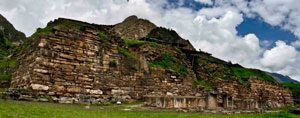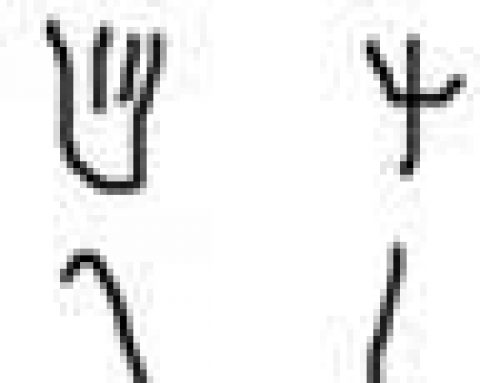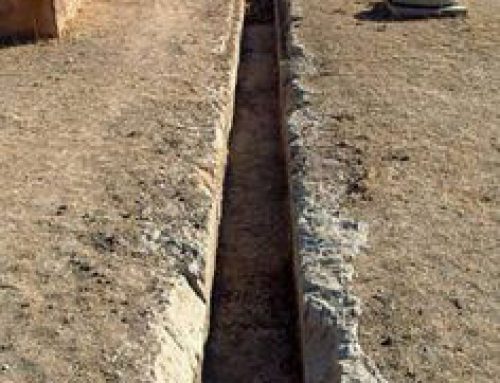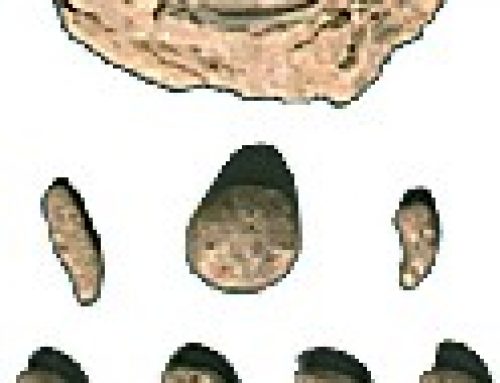
Iron Age timeline: Zhou Dynasty swimmers (Sichuan bronze vessel, ca. 750 BC)
How did the Iron Age begin?
All across Asia, the early Iron Age started out as a time of many small kingdoms and city-states.
What are city-states?
Bronze Age timeline
Empires timeline
In China, the Zhou Dynasty ruled loosely over a lot of small kingdoms. India was also divided into many small kingdoms. In West Asia, there were also small kingdoms like Lydia, Phoenicia and Israel (this is the time of Samson and of Judith). Further west in Europe and North Africa, the Greeks, Carthaginians, and Etruscans lived in city-states too, loosely organized into leagues. Egypt also broke up into smaller states, often ruled by the people of Aksum to their south.
What’s the Zhou Dynasty?
Who invented iron and blacksmithing?
More about Archaic Greece

Assyrian prisoners
When did the first empires get started?
But by about 800 BC, empires were beginning to form again. First the Assyrians united part of West Asia, and then Nebuchadnezzar established a Neo-Babylonian Empire. The Vedic people united northern India. In 539 BC, Cyrus the Great united all of West Asia into the Persian Empire.
The Assyrians
India in the Iron Age
The Persian Empire
The beginning of world religions
Many Iron Age people also started to follow new religions that were more organized and powerful and could stand up to the empires. About 1000 BC, the new religion of Zoroastrianism took hold in West Asia. At the same time, Judaism began to take its modern, monotheistic form. In India, by 1000 BC the Vedic kingdoms were spreading across northern India, bringing new gods with them. This is the time of the Ramayana. In the 500s, Gautama Buddha brought Buddhism to India. And in China, Confucius and Lao Tzu were also teaching new ethical and religious ideas.
Zoroastrianism
Buddhism
Confucius and Taoism

Gur-e-Dokhtar – possibly the tomb of Cyrus the Great, who started the Persian Empire.
What were the new inventions of the Iron Age?
These new kingdoms and empires also needed new technologies to run them. Traders taught people the alphabet all around the Mediterranean, so many more people could read and write. The need to pay soldiers led the Lydians to invent gold and silver coins in the 600s BC. As these kingdoms got richer, too, more people sent their sons to school. And when those boys grew up they made new scientific discoveries. Thales figured out that the earth was round, and that the moon was lit by light reflected from the sun. He succeeded in predicting an eclipse of the sun. In India, mathematicians were working on the idea of infinity.
The alphabet
History of money
Greek astronomy
Indian mathematics
South America and Central America

Chavin stone temple (Peru, ca. 900 BC)
Over in South America, the Chavin people were building big stone temples. The Tupi people started conquering Brazil. In Central America, the Olmecs began to decline about 600 BC, and were gradually replaced by the Maya.
Who were the Olmecs?
More about early Brazil

Tuniit carving of a polar bear
North America: the Woodland Period
In North America, 1000 BC marks the beginning of the Woodland period. More and more people were using the bow and arrow instead of spears and atlatls. A lot of Native Americans also started farming and using pottery. And in the far north, Tuniit (Dorset people) started moving from northern Europe into northern Canada.
Farming in North America
The Woodland period
What’s an atlatl?
Did this Iron Age timeline help you get oriented in this time period? Let us know in the comments!




